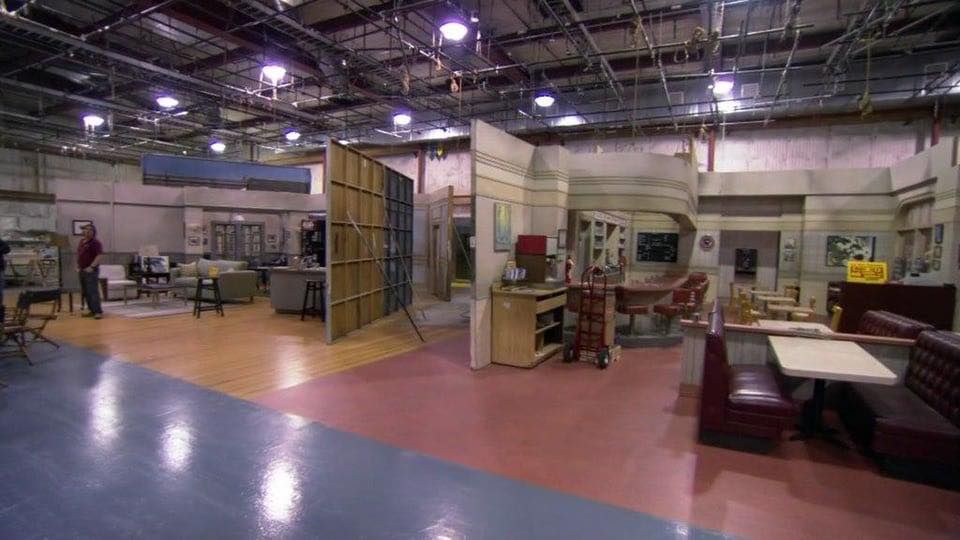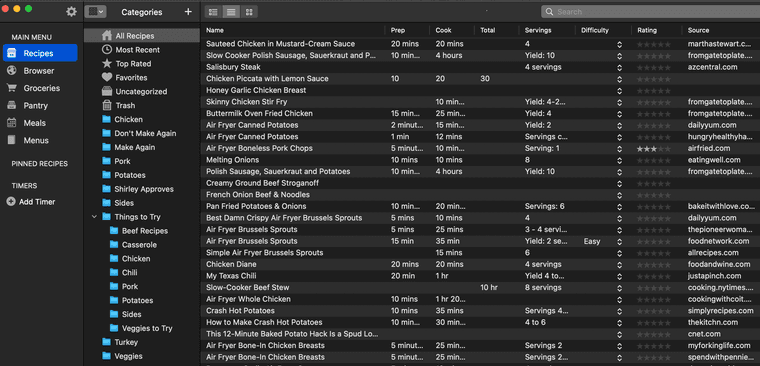I wonder how much was spent on all the trappings (flags, banners, posters, etc) for each of these celebrations.
George K
Posts
-
Identity Months -
Meet the new boss….You're conflating the Twitter Files with Facebook.
Zuckerberg was really clear about the pressure that the Biden administration put on them. And there was not much comfortable pushback from Meta AFAICT.
Perhaps there was at Twitter, but Zuck didn't mention it at his shop.
-
Meet the new boss….@jon-nyc said in Meet the new boss….:
The twitter files revealed that twitter was comfortable pushing back when they wanted to.
Did you listen to the Zuckerberg interview with Rogan?
"Comfortable" is not a word that applied to the government pressure.
-
Daughter wants to spend 6 months at an American highschool - thoughts?@Klaus said in Daughter wants to spend 6 months at an American highschool - thoughts?:
@Aqua-Letifer She has applied to schools in Queensland (mostly near/in Gold Coast) but since its the most popular choice it's likely that she'll have to make another choice.
Musical Princess (remember her) lives in Brisbane.
-
Mildly interestingThe set of Seinfeld.

-
What are you watching now?Once you start to know the players, it gets better and better. The end of season one is a shocker.
-
Ms. MethaneEvans pleaded guilty to pursuing a course of conduct amounting to harassment.
Magistrates imposed fifteen rehabilitation sessions, 60 days of alcohol abstinence monitoring, and a two-year restraining order, the Daily Post reported.
Sharmake Abdulahi Maxamed had 52 indecent images and videos of children on his phone when it was seized by police in October 2021, shortly after he started working at George Eliot Hospital, in Nuneaton.
Of these, 28 were classed as category A, the most extreme, and Maxamed was found to have viewed such images and videos while at work. Maxamed also used messaging app Telegram to exchange indecent images of children and to discuss violent crimes, including murder, being committed against them, a Medical Practitioners Tribunal report stated. He described these deplorable acts as “hot”, it added.
The children were aged two months to 10 years, the report continued, and some exhibited “clear signs of distress”. A tribunal ruling on his fitness to practice medicine described his conduct as “so heinous that it was not remediable”.
He was handed a 10 month prison sentence, suspended for two years, alongside 140 hours of unpaid work and 55 days of rehabilitation activity, when he was sentenced at Leicester Crown Court in March last year. He was also placed on the sexual offenders register for 10 years.
His sentence was reduced because he had pleaded guilty, but the tribunal heard the forensic examination of his phone “probably” left him with “little choice but to enter a guilty plea”. Moreover, Maxamed had originally denied the child porn accusations, saying the nature of the crimes went “against [his] moral fabric”.
-
Funny Pics
-
Helicopter Crash in DC@Jolly said in Helicopter Crash in DC:
In 2023, Biden was already compromised.
@Jolly you misspelled "asleep".
-
Helicopter Crash in DC -
Plane Crash in PhillyTHey're saying it was a "pediatric patient" on the plane - nothing more disclosed.
-
Plane Crash in Philly@jon-nyc said in Plane Crash in Philly:
Picking up an organ? Delivering one?
Could be. I don't know enough about the logistics of transporting organs.
-
Plane Crash in PhillyJust wondering...why would a medical flight depart Philadelphia and head to Missouri?
-
Plane Crash in Philly@jon-nyc said in Plane Crash in Philly:
Man, the new Transportation secretary is having an eventful week.
Welcome to Donald Trump's America, eh?
-
Foreign Born -
The CookbookSpeaking of recipes, if you want to keep them on your computer, I can't recommend "Paprika" enough. Great app to store recipes, download from web, etc. Well worth the $35 or so it costs.

-
The Cookbook@Mik said in The Cookbook:
Your recipe looks like honey garlic chicken?
Yup. That's what it basically is.
Mrs. George said, "It's good" rather than "It's OK", so it's on the "make again" list.
ETA: But I've never seen it made in a skillet.
-
Plane Crash in Philly -
Plane Crash in Philly -
The Cookbook@Mik hmmm. looks good.
I have some heavy cream left over from my Cajun Chicken Alfredo.
Maybe early next week!